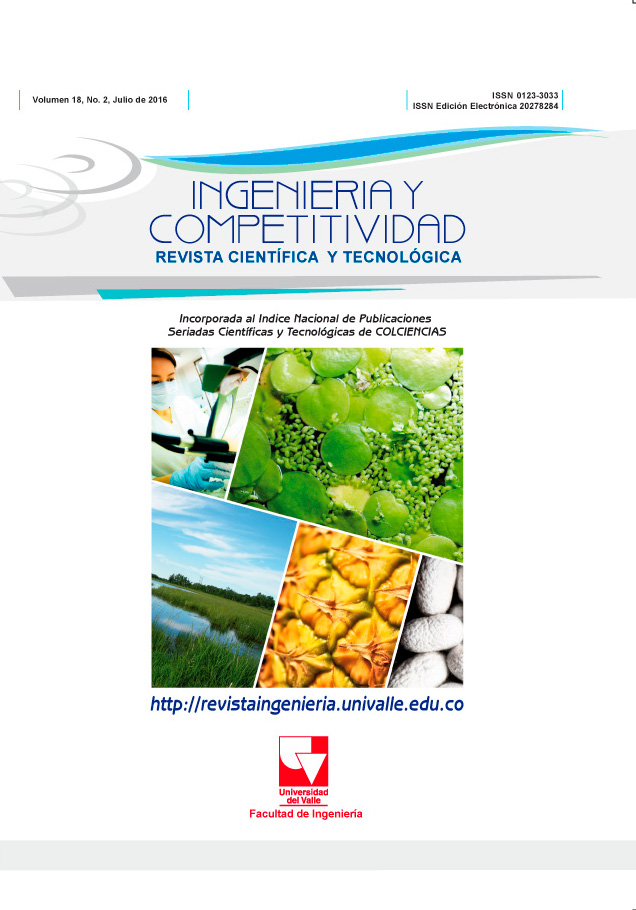Lenteja de agua (Lemna minor) para el tratamiento de las aguas residuales que provienen del lavado de la fibra de fique (Furcraea bedinghausii)
Palabras clave:
Lemna minor, tratamientos naturales de aguas residuales, tratamiento biológicoContenido principal del artículo
Una de las principales fuentes de ingreso de muchas familias de diferentes regiones de Colombia es la producción de fique (Furcraea bedinghausii), específicamente en el Departamento del Cauca, alrededor de 12000 familias se ocupan del cultivo del fique y se benefician del mismo. Actualmente sólo el 4 % de la hoja de fique es utilizada, el 96% restante corresponde a jugos y bagazo. Entre sus procesos de transformación se encuentra el lavado de la cabuya, actividad que contamina grandes volúmenes de agua que finalmente llegan a una fuente de agua natural, para este caso específico al río las margaritas en Silvia - Cauca. En este contexto, el presente estudio propone una alternativa de solución a este problema mediante el uso de la planta Lenteja de agua (Lemna minor). La evaluación del nivel de eficiencia en
el proceso de fitorremediación a escala piloto se realizó mediante la caracterización de parámetros físico-químicos como DBO5, DQO, SST, nitrógeno y fósforo en el agua. La variable considerada fue el tiempo de retención hidráulica (TRH), la cual fue de 8 y 12 días. Algunos resultados muestran que el porcentaje de remoción fue más eficiente con un TRH de 8 días, logrando valores para DQO y DBO5 de 79,6 % y 82.77 % respectivamente
Downloads

Esta obra está bajo una licencia internacional Creative Commons Atribución-NoComercial-CompartirIgual 4.0.
Los autores que publican en esta revista están de acuerdo con los siguientes términos:
Los autores ceden los derechos patrimoniales a la revista y a la Universidad del Valle sobre los manuscritos aceptados, pero podrán hacer los reusos que consideren pertinentes por motivos profesionales, educativos, académicos o científicos, de acuerdo con los términos de la licencia que otorga la revista a todos sus artículos.
Los artículos serán publicados bajo la licencia Creative Commons 4.0 BY-NC-SA (de atribución, no comercial, sin obras derivadas).

